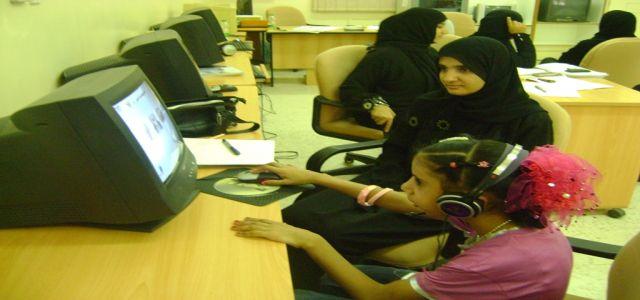- Other Issues
- February 3, 2010
- 5 minutes read
The role of informal education in shaping the image of the Other

Recently I took part as a moderator in an international conference that examined dialogue between people from different backgrounds in a multicultural society. The conference was also attended by the American writer Rebecca Walker who was born in the United States in the mid 1960s to a white Jewish father and a black Christian mother, when such marriages were still considered illegal. She was, therefore, categorized as an “illegal” baby. Walker talked about her long-term experiences of rejection; to the Jews she was not “white enough” and to the black children at the school she attended she wasn’t “black enough.” At the end of her talk I asked Walker if she could describe a moment in her life when she didn’t feel “illegal” or outside the consensus. After a moment of silence she answered: “No I cannot remember such a moment.”
Feeling like one is “outside the consensus” is not unique to people living the black-white divide. It is a universal social phenomenon which exists in societies where the social and political systems cultivate prejudice towards the Other.
The experience of living “outside the consensus” also describes the mutual feelings that exist between the Jews in Israel and the Palestinians on either side of the green line. . Each side perceives the other as a “stranger” who threatens his/her security on an existential level as well as in the day-to-day. Hence, we tend to cast the Other in the role of an enemy who exists “outside the consensus”. By “enemy” I do not mean an external enemy, one that threatens our existence in the political sense, but, rather, an internal and subjective enemy—i.e. the way in which each one of us—whichever of the above categories we fit into—perceive the Other.
In Israel, informal education as a social mechanism plays a major role in shaping deeply rooted perceptions of the Other. Children’s books and stories contain stereotypical messages regarding the Other. In Israeli youth culture, for example, the figure of the Arab as a legitimate character in children’s literature, films or computer games is almost non-existent. And when the image of the Arab is presented, it is almost always depicted as the enemy.
Television may be the most important medium in shaping the image of the Other. An example is the popular program “Big Brother” which the station directors define as a documentary that presents a mirror image of Israeli society and is considered an “opinion shaping program”. Once the participants’ awareness of the cameras subsides and they begin to let their guard down, one can hear aggressive and racist statements about the Other. Even the adverts broadcast during the program reinforce those stereotypes, except for the occasional case when the image of the Arab Other is shown in a “positive light” linked, of course, to Hummus and coffee.
Over time the immersion in a social environment saturated in stereotypes and prejudices about other identities and cultures, teaches the individual within that society which are the identities and cultures that are highly valued and which are less so.
Thus, the Israeli-Jew, or the Palestinian Other becomes part of our emotional makeup. This emotional aspect attributes inaccurate and distorted characteristics to the Other but the power of this image is so great that it impacts the way we think, feel and act towards the Other. The implication is that even if we believe in liberal values of respect for and acceptance of the Other on a cognitive level, the force of these negative feelings towards the Other make it much harder to practice them.
In order to bring about change we must start our search from within. Therefore, encounters between Israeli-Jews and Palestinians (from both sides of the green line), intended to create personal relationships and lessen prejudice, are important but they are not enough. Our first step is to ask ourselves, what is the place of the Other within us? How was this image created? From where do we derive the knowledge which is present in our rigid thought templates that feed the emotional experience of the Other?
To achieve change, we must begin the process with the agents of change in society. These are, first and foremost, the educators and media professionals who are, in essence, social leaders. During their training in colleges or academic institutions it is necessary to work on cultivating personal awareness of prejudice, stereotypes and social mechanisms. Indeed, this awareness building will necessitate courage and a supportive environment, but it is one of the most important ways to initiate social change.
###
* Nilly Venezia is the founder and director of the Venezia Institute for diversity and multiculturalism. She holds an MA in multicultural education and is a facilitator of dialogue in multi-identity groups. This article was written for the Common Ground News Service (CGNews) and is part of a special series on informal education in the Israeli-Palestinian context.
Source: Common Ground News Service (CGNews), 21 January 2010, www.commongroundnews.org
BM



